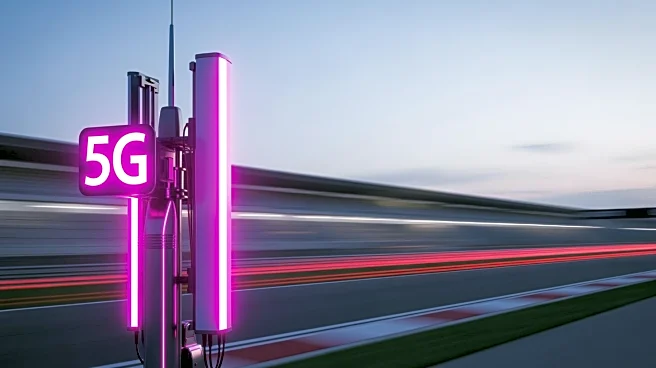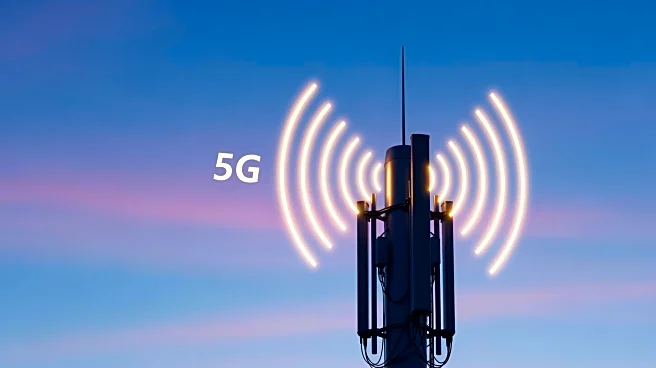What's Happening?
As urban areas experience increasing demand for connectivity, interference in wireless networks has become a significant challenge. Fixed Wireless Access (FWA) and 5G mobile systems often operate on the
same frequencies, leading to cross-system interference. This issue is exacerbated in high-density environments where overlapping signals degrade network quality. Operators are exploring advanced solutions like lens antenna technology and sectorization to mitigate interference and improve network performance.
Why It's Important?
Interference in urban networks affects both consumer experience and business operations. Poor connectivity can lead to customer dissatisfaction, increased support costs, and loss of market share. Addressing interference is crucial for maximizing network capacity and ensuring reliable service. As cities continue to grow, effective interference management will be essential for supporting smart city applications and maintaining competitive advantage in the telecommunications industry.
What's Next?
Operators are likely to invest in advanced technologies and strategies to combat interference, such as beam switching and precision antenna configurations. Collaboration between industry stakeholders will be key to developing effective solutions and maintaining high-quality connectivity in urban areas. As demand for data continues to rise, ongoing innovation in network infrastructure will be necessary to meet future challenges.












